Home - Preparation of Onion Beds and state of Tomatoes
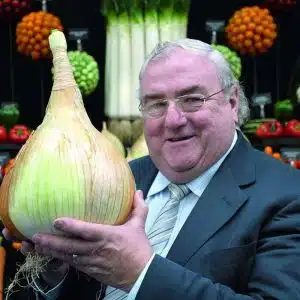
Medwyn Williams
Hello. I'm Medwyn Williams – eleven times Gold medal winner at the Chelsea Flower Show, Past Chairman of the Royal Horticultural Society Fruit Vegetable and Herb Committee and President of the National Vegetable Society.
Preparation of Onion Beds and state of Tomatoes
I could not complete the final preparation of my onion beds until late into April when the large onions were eventually planted. At this stage they were still in 4 inch pots, which, over the past few years has been my planting out pot size. Last year they were planted into their beds from this size pot during late March giving me the best bed of onions that I have ever grown.
Onions
Whilst the joiner was over during early March constructing my new parsnip cover, he made use of my onion beds as a temporary workshop as the tunnel was only a paths width away. The result of all this was that I could not complete the final preparation of my onion beds until late into April when the large onions were eventually planted. At this stage they were still in 4 inch pots, which, over the past few years has been my planting out pot size. Last year they were planted into their beds from this size pot during late March giving me the best bed of onions that I have ever grown.
Sadly on my return from Chelsea, ten out of 18 good onions were going to seed which effectively means that my chance of staging some first class onions this year will be much more difficult if not impossible. I was not really surprised at all at this as it was impossible for me during the lead up time to Chelsea to have potted them up. All however is not lost as those heads that have now gone to seed will be allowed to fully grow on to produce seed for my seed catalogue for 2003. I first checked with the gurus at the University college at Bangor to make sure that if any of these that had bolted would do the same next year if sown and planted. The reply was that they would not as the reason for them bolting was purely a cultural problem and not a genetic one.
Tomatoes
The first plants requiring attention on my return were the tomatoes, they had side shoots everywhere and were in need of tying up to the canes. I was not unduly bothered about this as they were, if anything, in a worse state than this last year and I still managed to win the National Championships with them. They will now be given regular feeds of a balanced tomato feed such as Tomorite or the Phostrogen tomato food. The most important thing from now on is to make sure that they have some light shading from the direct heat of the sun.
All sorts of problems can occur when they are exposed directly to the sun, for eating purposes of course it hardly matters, but for the keen exhibitor the condition of the skin is paramount. What can often happen is that around the shoulder of the tomato, in short circular lines, some fine rough cracks can occur and these have then ruined your chances of winning. In the commercial world where they can grow 20,000 plant in 16 acres of glass shading is out of the question, but equally the growing techniques are a totally different ball game.
For the commercial grower his danger zone is usually the outer metre or so all round the glass, after that, as the plants grow they usually give each other protection. Therefore in essence the commercial growers first metre of danger zone is the amateurs last chance saloon. The metre zone is usually his complete growing area so shading is therefore a must either by using the propriety Cool Glass product or better still use polythene. The best way is to use the thin milky white polythene that nicely breaks down the suns nasty rays but still allows sufficient light to promote optimum growth. Differently to Cool Glass which is sprayed on the outside, the white polythene would have to be positioned on the inside otherwise the wind would simply tear it apart. There is no need to cover the whole of the greenhouse, just the South facing and West facing side.
Another problem is blossom end rot particularly if the plants are in Gro bags, Gro bags on their own are perfectly fine but they do need regular attention to watering right through the growing season. If you fail to carry out this task regularly and properly, then your tomatoes will almost certainly respond adversely to this at a later date when a black leathery patch appears underneath several fruits. This is called blossom end rot, a cultural problem which is a lack of calcium at the fruit end, rather than a disease; so after slicing the black bit off, you can still eat the tomato. When you actually notice it for the first time, the plant would have been under stress three weeks prior.
Tomatoes easily move most nutrients around the plants, particularly Nitrogen and Potassium; Calcium however, an essential element of tomato growing, is a different ball game. If tomatoes are not watered properly and get dry around the roots when in flower, the critical period being between 16 and 21 days after pollination or in other words after the little tomato has formed, the problem kick starts. When the plant is left dry it struggles to move calcium around to the fruit and will take it instead to the foliage first, leaving a lack of calcium within the fruit, hence the problem. The best way therefore is make to sure that the plants never go dry, don’t forget the bigger the plants are the more roots there are take the water up from the Gro bag so as they grow they will need more attention.
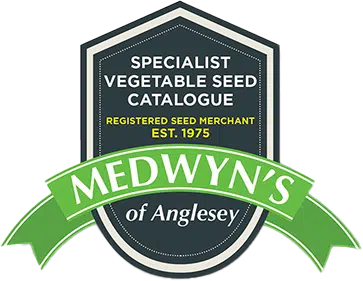
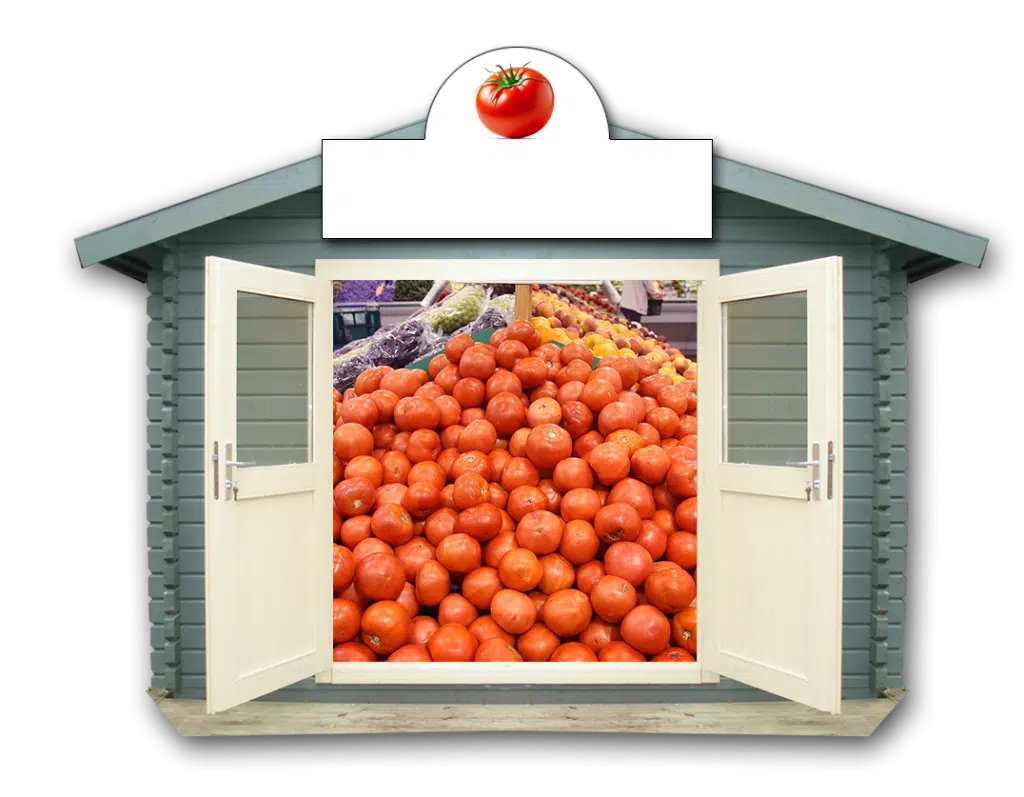
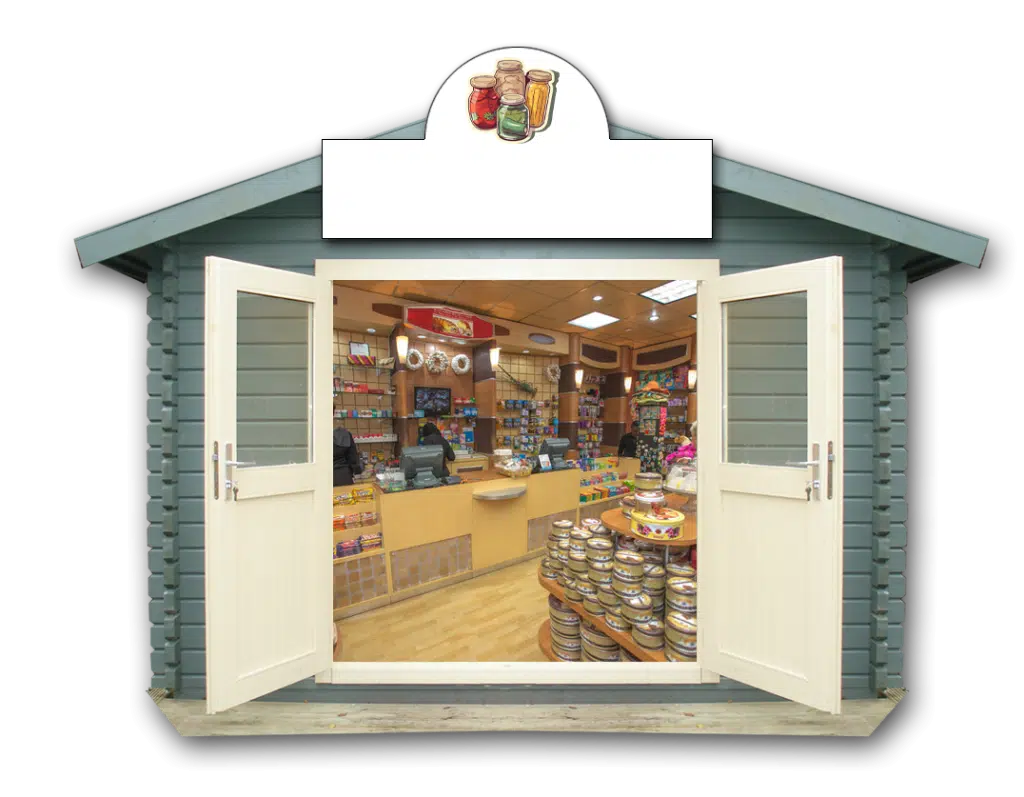
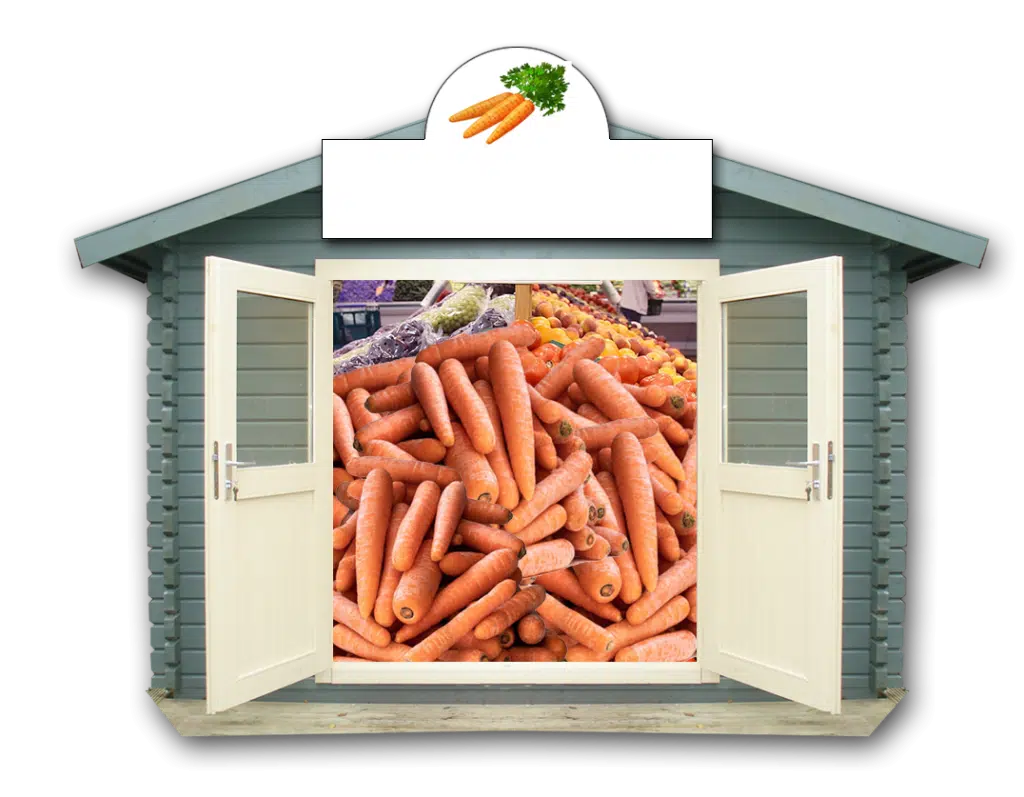
2 thoughts on “Preparation of Onion Beds and state of Tomatoes”
Hi there, just became aware of this article through web search, and found that it’s really informative. I’m going to watch out for updates. I’ll be grateful if you continue this excellent posts. Many people will be benefited from your writing. Cheers!
Cheers to the blog. Loved the article.